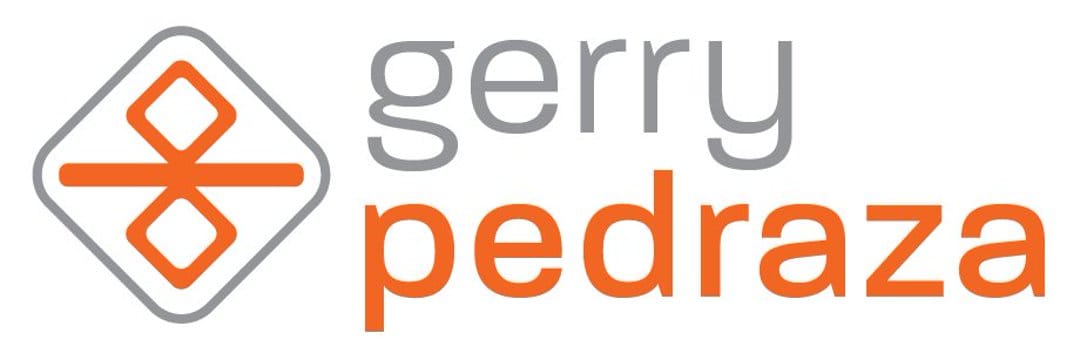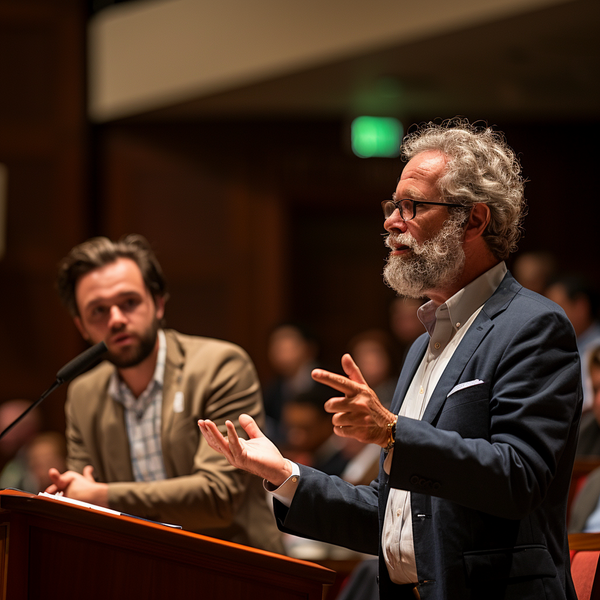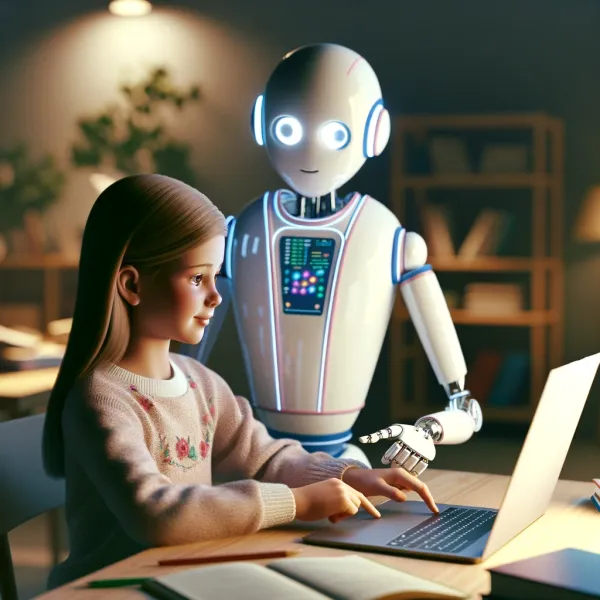Unexpected Results on Instructional Design Workflow Due to AI Voice Cloning
Discover the unexpected twist in e-learning: voice cloning's impact on instructional design. How do we balance innovation with hands-on expertise? #EdTech #InstructionalDesign

Initially, the introduction of voice cloning in our workflow was seen as a potential solution to reduce time spent on e-learning projects by decreasing the amount of time SMEs would have to spend in the studio and re-recording. Our expectation was that cloning a subject matter expert's (SME's) voice would allow them to provide their lectures in written form to instructional designers. This would allow them, in turn, to generate entire lectures without requiring studio time—a significant advantage considering that Rothwell et al. (2015) identify insufficient time to develop courses as the most common challenge faced by instructional designers. As Lee (2020) notes, "Once the voice is cloned, they can turn any written material into an audio file, which can then be downloaded and added to videos or slides to whip up content."
However, the result has deviated from our original predictions, perhaps due to a human element we had not initially considered; SMEs have become very self-conscious about how their cloned voice sounds. Because of that voice ownership, they have started requesting repeated changes, even regarding how individual words are pronounced. Since SMEs can submit these requests with minimal effort and zero rework, instructional designers are now inundated with requests for multiple regenerations of voice content. Rather than reducing the workload as intended, it has exponentially increased the burden on designers.
This unintended consequence aligns with several findings from the Association for Talent Development (ATD) whitepaper on instructional design skills, challenges, and trends. The whitepaper notes that instructional designers often face the challenge of maintaining shared vision and alignment with SMEs, with 80% of respondents saying this is a challenge at least some of the time (Rothwell et al., 2015). When SMEs are overly focused on minor details of the cloned voice rather than the overall instructional content and objectives, it reflects a misalignment of priorities. As Mousas et al. (2021) note, "A successful ID-SME relationship is essential for creating compelling and engaging learning experiences. This process typically involves several stages with both professionals working together to ensure the instructional material is accurate, relevant, and pedagogically sound."
What Can We Do Moving Forward?
While voice cloning is an emerging technology that instructional designers are starting to incorporate, it clearly comes with challenges in implementation.
To address these issues, it's important to have proactive communication and expectation-setting with SMEs when using voice cloning. Designers should clarify the intended process and reasonable scope for revisions upfront. It may help provide examples of what the cloned voice will sound like to manage expectations. Designers can also educate SMEs on the time and effort required for multiple revisions. As Lovo AI (2023) advises, "It's important to have proactive communication and expectation-setting with SMEs when using voice cloning. Designers should clarify upfront the intended process and reasonable scope for revisions." Most importantly, this points to a broader need that the ATD whitepaper emphasizes - for greater recognition of instructional designers' value and the collaborative partnership required with SMEs (Rothwell et al., 2015). Voice cloning is simply a new "flashpoint," revealing underlying challenges in designer-SME dynamics. By documenting the impacts and advocating for their role, instructional designers can hopefully shift the dynamic to a more productive collaboration.
In conclusion, while voice cloning offers exciting potential, it also comes with challenges that can strain instructional designers' roles. Proactive communication, expectation alignment with SMEs, and continued advocacy for the value of instructional design are all key to realizing the benefits of this new technology. The challenges we are experiencing reflect broader trends captured in the ATD whitepaper, highlighting the need for organizations to understand better and support instructional designers' critical role in driving effective learning solutions. As Educause (2024) summarizes, "Effectively integrating generative AI into higher education requires policy development, cross-functional engagement, ethical principles, risk assessments, collaboration with other institutions, and an exploration of diverse use cases."
Personal Reflection
Reflecting on my journey with voice cloning, a personal experiment underscored the unexpected emotional intricacies involved. Cloning my voice for a tutorial I was working on, I anticipated a straightforward process. Yet, I found myself entangled by the same web of perfectionism and self-consciousness I had observed in others. The cloned voice, meant to be a tool, felt inseparably tied to my identity. Each inconsistency I felt damaged my own image therefore, each request for a modification to tweak a digital product now was digital makeup for my own voice, challenging my objectivity and attachment to the outcome. This experience illuminated the psychological depth of "owning" one's voice clone, revealing a profound connection to our perceived self. The dilemma now is how to navigate this realization, to learn the art of detachment and to view the cloned voice with the same objectivity we apply to other tools in our professional arsenal. This introspection isn't just about improving a process but evolving our understanding of technology's role and its psychological impact on creators and educators alike.
References
Rothwell, W. J., Zaballero, A. G., Bienert, S. S., Asino, T. I., Swaggerty, A., & Briskin, J. (2015). Skills, challenges, and trends in instructional design [Whitepaper]. Association for Talent Development.
Lee, J. (2020). AI voice cloning for instructional design. eLearning Industry. https://elearningindustry.com/ai-voice-cloning-for-instructional-design
Lovo AI. (2023). Challenges of implementing AI voice cloning in instructional design. https://www.lovoai.com/blog/challenges-of-ai-voice-cloning-in-instructional-design
Mousas, C., Kao, D., Koilias, A., & Rekabdar, B. (2021). Evaluating the impact of instructional design and subject matter expert collaboration on student learning outcomes. Journal of Educational Multimedia and Hypermedia, 30(1), 75-92.
Armendariz-Gonzales, A., Briskin, J., & Zaballero, A. (2023). Navigating the legal and ethical landscape of AI in instructional design. Performance Improvement Quarterly. Advance online publication. https://doi.org/10.1002/piq.21405
Tucker, B. (2023, February 15). How AI will affect instructional design jobs. Learning Solutions. https://learningsolutionsmag.com/articles/how-ai-will-affect-instructional-design-jobs
Educause. (2024). 7 things you should know about generative AI in higher education. https://library.educause.edu/resources/2024/1/7-things-you-should-know-about-generative-ai-in-higher-education




